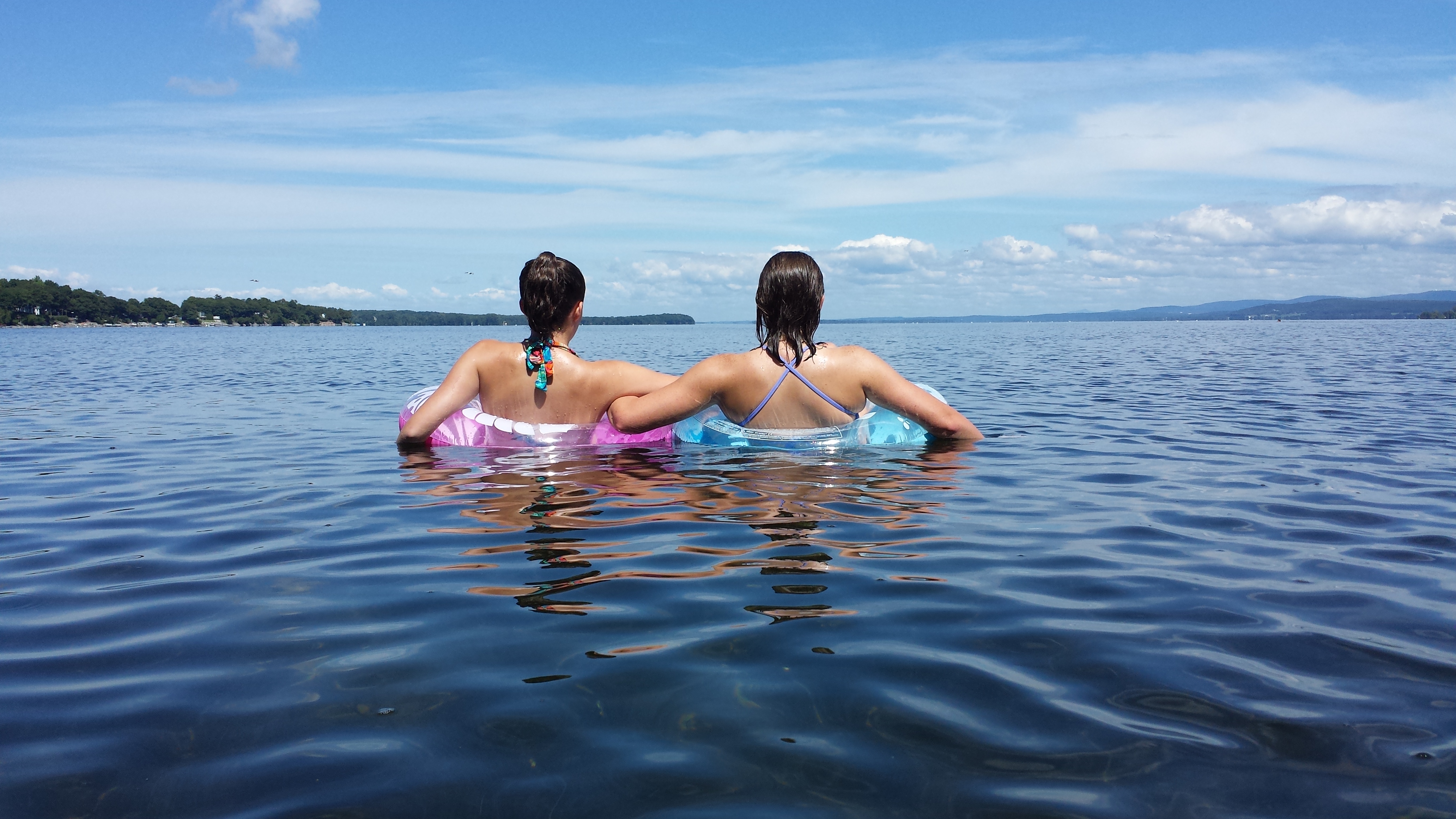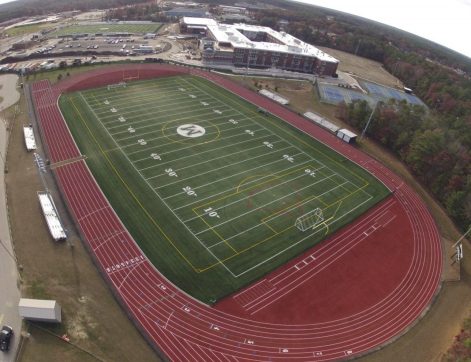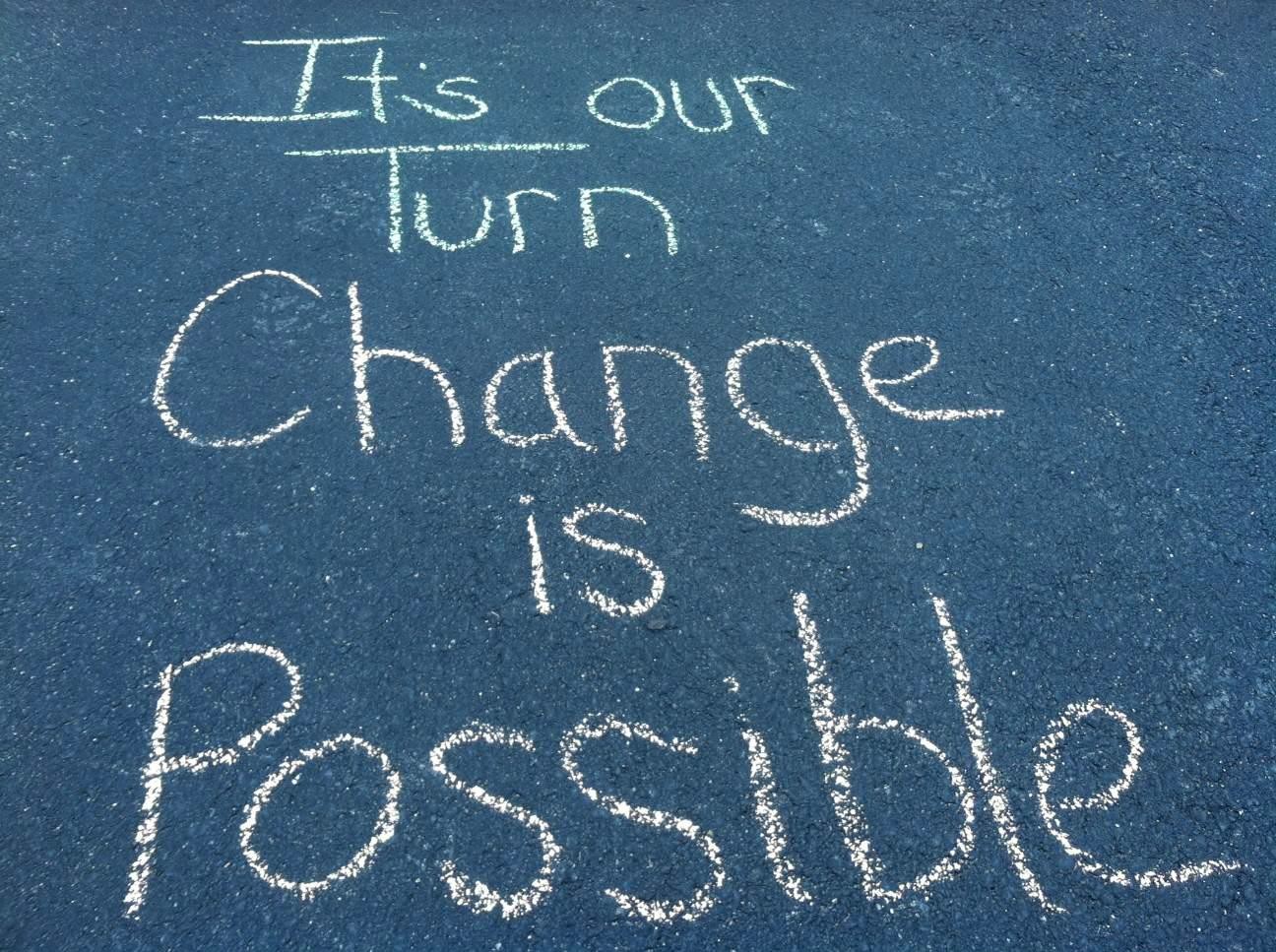It’s that time of year! Photo entries for Pare’s 5th Annual Earth Day Photo Contest are posted below.
This year, Earth Day’s challenge is to: Take a stand, so that together we can show the world a new direction. It’s our turn to lead. Our world leaders will follow. The request to redefine what progress looks like prompted our photo contest challenge. Pare staff was invited to submit photos with a short description that demonstrate what progress means to them; how we are leading; and how we can do better.
Please enjoy the following photos, submitted by Pare’s staff, and vote using the poll located at the bottom of this post. The winner of the 2015 Earth Day Photo Contest will win a $25 Gift Certificate to Brigg’s Garden & Home. Voting will close Tuesday, April 28th.
 1. “Synthetic Turf Field, Marshfield”
1. “Synthetic Turf Field, Marshfield”
Is this just a field…???….
This is the reduction of runoff
This is promoting infiltration of stormwater
This is the elimination of the application of pesticides, nutrients, and herbicides
This is the elimination of geese waste
This is stabilization of exposed soil from overuse, which is susceptible to erosion due to wind and runoff
This is a facility that can handle three times the use as the one it replaced, eliminating the need for development elsewhere
Is this just a field…???….
This is progress.
The Bartlet Pond Dam, originally constructed in 1814, was a barrier to the natural ecology of the Wekepeke Brook for nearly 200 years. During that time, the presence of the dam resulted in increased water temperatures, lower Dissolved Oxygen, disconnected environments, and other environmental detriments. In 2014, the dam was removed, restoring the area to a natural stream channel and allowing for the natural healing of the ecosystem to begin, which will benefit both the Wekepeke as well as the Nashua River, located shortly downstream. In recognition of this achievement, state and local officials gathered to celebrate the project and other environmental initiatives being supported financially through programs being offered by EOEEA. Attendance at the event demonstrated the state’s commitment and progress in restoring our natural environment; the new growth embodies the power of nature to overcome man’s interference in the cycle of nature.
Earth Day is always a timely reminder about our need to be good stewards to Mother Earth – we only get to enjoy her for a short time (relatively speaking) before making way for the next generations. And where we can, it’s gratifying to see us turn back the clock and create a cleaner and healthier planet than the one that existed when we were born. Narragansett Bay is a good example of this, where the work of the Narragansett Bay Commission and non-profit organizations like Save the Bay have resulted in dramatically cleaner, healthier water. Considering the amount of bay water I swallowed during last summer’s Save the Bay Swim from Newport to Jamestown, I am personally thankful for the efforts of so many good stewards!
During a recent visit to the University of Vermont, I was shown a former students Master’s degree project: the “Eco-Machine”, which is essentially a small wastewater treatment facility containing aquatic life that collects and treats all of the wastewater in a large building located on campus. The buildings wastewater is collected and treated by the Eco-Machine through six primary steps: primary settling, closed aerobic reactors, nutrient uptake through open aquatic vessels, wetlands, bio particulate filtration, and UV disinfection. While the finished water is not intended for drinking, it is reused as all the water for flushing the toilets in the building. It has been reported that the finished water discharged from the Eco-Machine is cleaner than the outflow from Burlington’s sewage treatment plant that discharges into Lake Champlain. The Eco-Machine is an excellent example of redefining what progress looks like – environmentally sustainable, cost effective wastewater treatment system alternatives that provide similar or better treatment efficiency compared to multi-million dollar facilities that consume enormous amounts of energy.
The tiny Woodland Jumping Mouse can propel itself up to 6 feet in one leap! While these elusive little critters live throughout the northeast, it is rare to ever see one as they silently hop through pine forests, feeding on fungi and insects.
With today’s fast paced lifestyle full of digital distractions, it is more important than ever to lead our children to connect with the natural world. Fostering an appreciation for the diversity, complexity and fragility of our ecosystems will help shape the next generation to live consciously and tread lightly.
 6. “S-s-s-s-s-s-s-springtime buddies”
6. “S-s-s-s-s-s-s-springtime buddies”
Our leaders are like the tail of a snake, they don’t always point in the direction of the head, but give them time and they will arrive at the same place. If we show our leaders the way, they may not look like they’re going to in the right direction, but they will eventually get there.
We lead by example. By following square foot gardening techniques, a relatively small area with not a lot of effort can produce a surprisingly bountiful crop of fresh vegetables. This garden is ready for a spring preparation and can also be a welcome visual addition to the rural scenery.
A backyard koi pond brings nature to the city. The sound of the water filters out the noise pollution of the busy city and provides a relaxing outdoor recreational space.
Pictured above is the modern day wastewater treatment plant: the Living Machine. Wastewater is treated through a series of 7 steps (settling, equalization, anoxic tanks, constructed wetlands, aerated lagoons, sand filter, and dispersal field) and without the use of any chemicals. The aerated lagoon phase is pictured in the photo and consists of 4 cells each about 10 feet deep. Wastewater enters the lagoons and is converted to ammonia and other harmless base elements by the plants, fungi, and microorganisms that thrive within the lagoons. Once wastewater passes through the lagoons, it is piped to a sand filter for final particulate removal before being released back into the ground. The Living Machine truly goes back to the basics and treats our “waste” as a precious resource.
10. “Aurora Borealis”
Auroras occur in both hemispheres, and the aurora in the northern hemisphere is called the aurora borealis, or northern lights. The aurora borealis is most often seen during the months of September, October, March, and April.
One myth says that the aurora borealis is telling stories of what happened in the past and what will happen in the future.
11. “Do You Know Where Your Food Comes From?”
Every day, more and more people can say that they do. Today, farmer’s markets are an important part of many of our communities, giving us access to healthy, locally grown food and a way of connecting to the farmers and purveyors that produce it. They have even helped solve the problem of “urban food deserts” that plague many of our largest cities, neighborhoods and other areas where people lack reasonable access to fresh healthy food – something most of us take for granted. More information on urban food deserts from the United States Department of Agriculture can be found here.
We can all lead by example and make living green a part of our lives. These good examples will turn into the average way of living. For example, bringing your own bags to the grocery store was pretty much unheard of when I was a child going to the store with my parents. Today I fairly consistently use my own bags and I see a lot of others doing it too. The other day when I forgot my bags at home and went to check out, my child actually noticed the lack of bags and asked, “where are our bags?”. It has become such a normal activity of shopping that even at a young age children pick up on what we do in our life and will make it a part of their normal activities when they grow up. Something that seems like we need to put so much effort into now will become part of our life’s in the future without effort. Every effort we make to lead now results in change for the future.
 13. “Follow us, together we will lead”
13. “Follow us, together we will lead”
It is through our children and the younger generation that we are being shown the importance of environmental stewardship. Respecting the environment and the planet we live on so that it will be possible for future generations to enjoy life and the wonders that our planet has to give is now at the forefront of the conversation. They are the real leaders of the future.
Please submit your vote below. Thank you!












